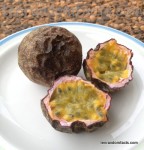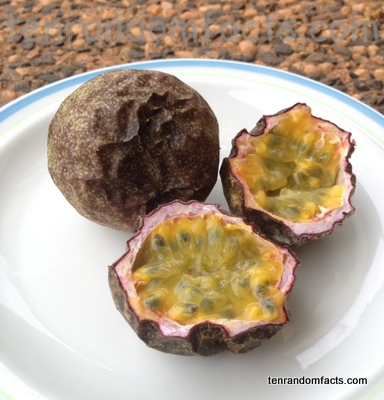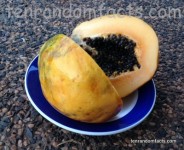
No fruit salad is complete without papayas!
- Papayas are fruit that grow on plants native to the American tropics, with the ‘trees’ that they grow being as tall as 5 to 10 metres (16 to 33 feet).
- A ‘papaya’ is also known as a ‘pawpaw’ and a ‘papaw’.
- Papayas come from a plant that has the scientific name Carica papaya and are from the family Caricaceae, a family of small trees and shrubs.
- The largest producers of papayas in the 2008 to 2010 period, was India, producing approximately 38.6% of the world production.
- Papayas commonly have green coloured skin that turns yellow or orange when ripe, and the flesh is either yellow, orange or red, depending on the species.
- Papayas have soft and sweet musky flavoured flesh and are popularly eaten raw or cooked, in salads, curries or soups, and the black seeds can be used as black pepper replacements.
- Papayas, when unripe, contain latex, which can cause allergic reactions and possibly miscarriages.
- Papayas can grow up to 51 centimetres (20 inches) in length and are generally pear or round shaped.
- Papayas are very high in vitamin C, and are high in folate, vitamin A and dietary fibre.
- Papaya has been used in traditional medicine and in some hair products, and is commonly made into ointment for the treatment of cuts, rashes, burns and other skin conditions.
Bibliography:
Papaya, 2014, Wikipedia, http://en.wikipedia.org/wiki/Papaya
Papaya, 2014, The World’s Healthiest Foods, http://www.whfoods.com/genpage.php?tname=foodspice&dbid=47





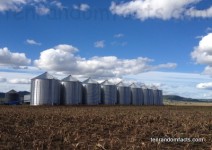


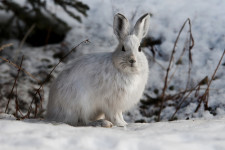
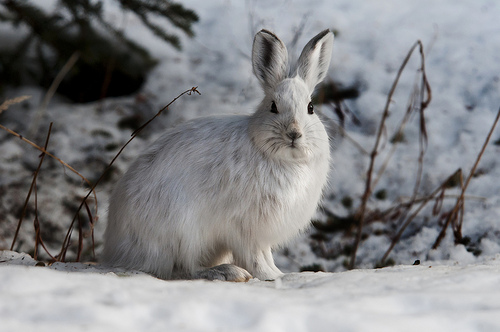

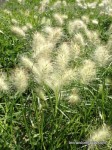
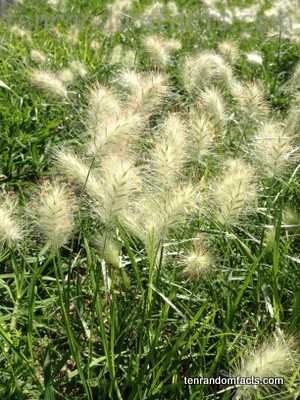


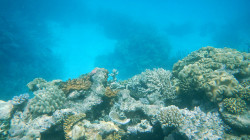
 Part of the Great Barrier Reef
Part of the Great Barrier Reef

